Learn how to water plants, including tips for watering plants and ways to use water to help your plants grow faster and bigger.
Change Your Watering as Plants Grow
As plants grow, their water needs change. Young plants use less moisture; mature plants require much more. Irrigation frequency also varies based on the season. In cool weather, plants need less water. During summer’s dog days, it might seem like you can’t water enough, especially with small containers or pots jam-packed with plants.
Irrigation Frequency

Eyeballing your plants to decide whether they need watering is risky, because the same symptoms result from underwatering and overwatering. The most foolproof method to determine whether a plant needs water is to check the soil. In containers, gently push a finger into the soil to your second knuckle. If the soil is dry to the touch, water. In planting beds, check the soil at a depth of 3-4 inches. Slip a trowel into the soil and gently pull it forward to check moisture levels. Irrigate containers until you see water flowing freely from drainage holes. As plants mature and temperatures soar with summer’s arrival, place saucers beneath pots to catch runoff so plants can sip throughout the day. If a soilless mix dries out completely, stand the pot in a large container filled with water. It may require an overnight soak to rewet the mix completely. When you water planting beds, soak the soil about 8 inches deep. This won’t happen with a quick dribble from a hose. For large planting areas, rely on automatic irrigation such as a sprinkler, drip system, or soaker hose to make watering a breezy, hands-free task.
Water Wisely
To make the most of your irrigation effort, adopt conservative watering practices. Reduce runoff. Soaker hoses and drip irrigation systems apply water directly to soil, eliminating runoff and evaporation that can occur with overhead sprinkling. Slow evaporation. Water early in the day when temperatures are low to reduce evaporation losses. Use crystals. Water-retention crystals absorb moisture and then slowly release it to plant roots. Mix them into the soil in pots and planting beds. Avoid wind. Overhead watering and windy conditions don’t mix. The water gets blown off target, and wind wicks water from plants through leaves. Wait until air is calm to water. Set systems to deliver water during the least windy times of day.
Apply mulch. Maintain a 2- to 3-inch-deep mulch layer to reduce water evaporation from the soil in planting beds. Maximize assets. Add planting areas that take advantage of your yard’s natural attributes. For instance, water-loving plants thrive in low spots that collect water and near downspouts where runoff douses soil. Inspect lines. Check automated irrigation systems seasonally to ensure lines aren’t clogged or ruptured. This is vital in areas with hard water, where accumulated deposits frequently block irrigation heads. Reset timers. Seasonally, reset automated irrigation timers to ensure water is being delivered according to moisture needs. If you don’t have an automatic rain shutoff valve, add one. Stop watering. Install a hose-end watering wand with a shutoff valve that allows you to stop the water flow as you drag the hose. This is key when watering container plants scattered throughout outdoor living areas.
Capture Rain
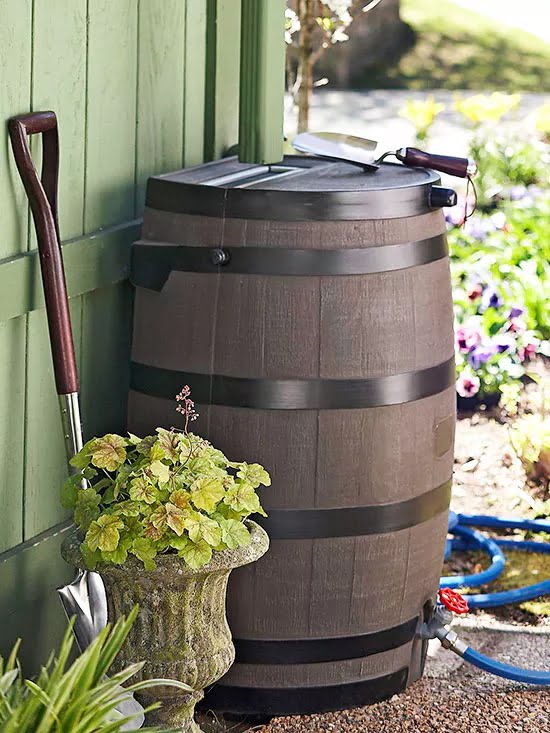
Celebrate rainy days by adding rain barrels to downspouts, especially in locations close to your gardens. Make sure the barrel overflow drains away from your home to avoid swamping your foundation (and maybe your basement).
Drought-Tolerant Color
Many quick-color plants, once established in a planting bed, survive on a small amount of water. In containers where soil dries out rapidly, these same plants require more frequent watering. Try a few of these outstanding annuals for dry spots in your garden.
Ageratum
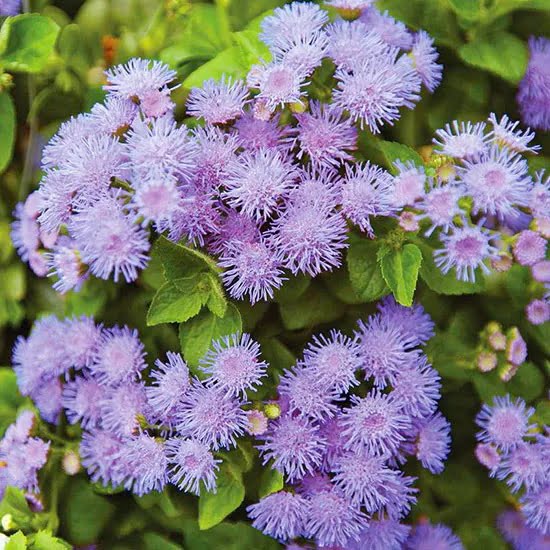
Fringed blooms in shades of blue, purple, pink, and white are butterfly favorites. Look for tall or short types.
Black-eyed Susan
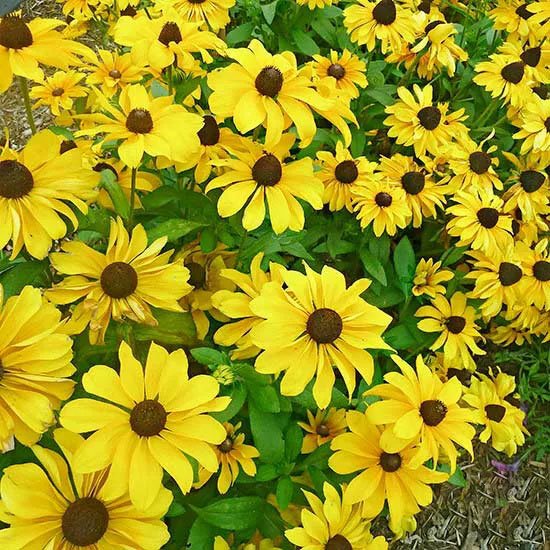
Diverse colors dress petals in traditional gold, russet, and hues in between, plus bicolors. Snip stems for bouquets.
Blanket Flower
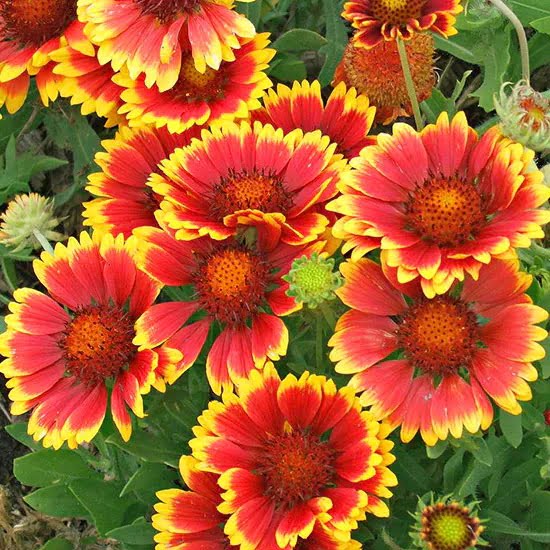
Blossoms sizzle in orange, red, yellow, or blends. The blooms of this heat-loving plant lure many pollinators.
Gazania
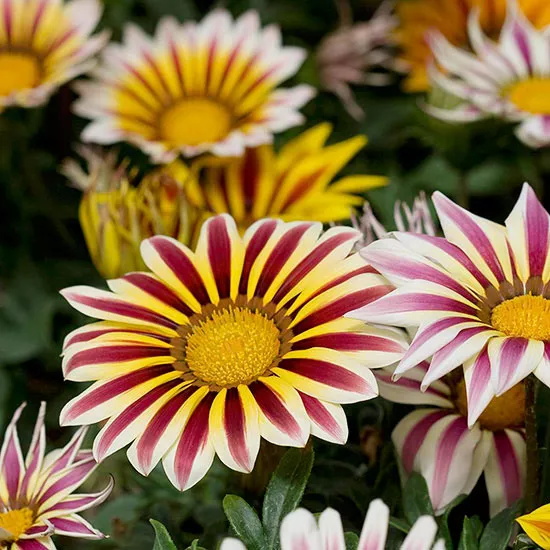
Flowers open and close with the sun, revealing petals in gold, white, pink, red, orange, raspberry, or bicolors.
Gomphrena
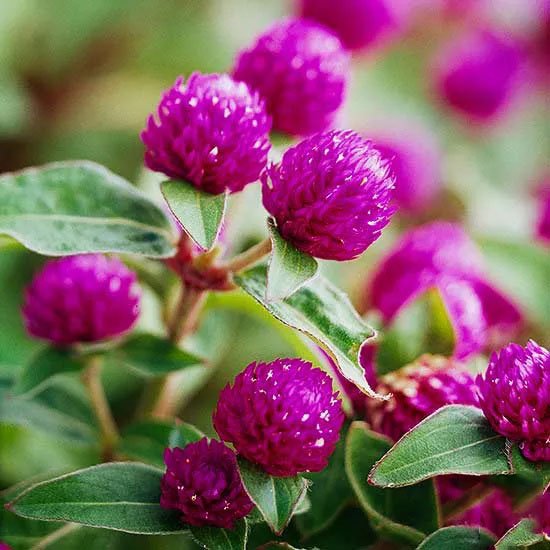
Lollipoplike blooms stand atop stems. Petals have a papery texture. Look for purple, white, red, and pink shades.
Lantana
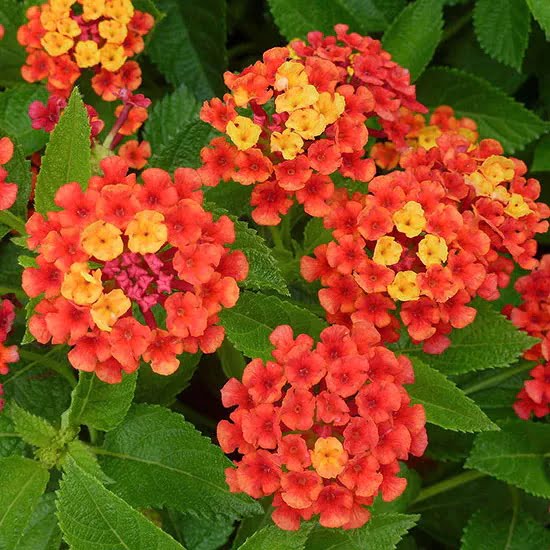
This butterfly favorite opens rounded flowers that stage a multicolor show. Blossoms typically change color as they age.
Moss Rose
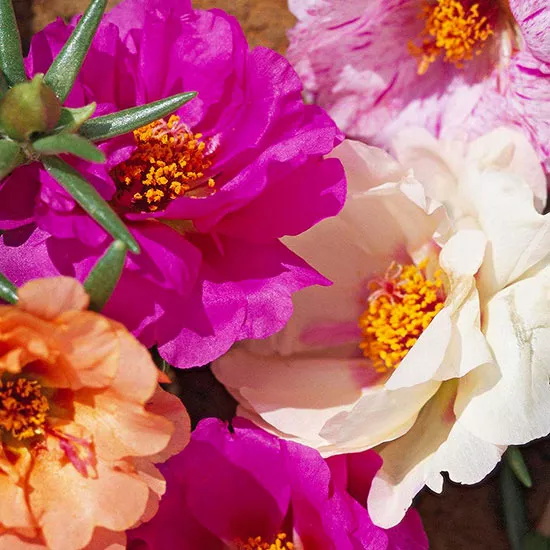
Thick, succulent leaves form along ground-hugging stems. Blooms open in a rainbow of shades. Plants self-sow.
Sunflower
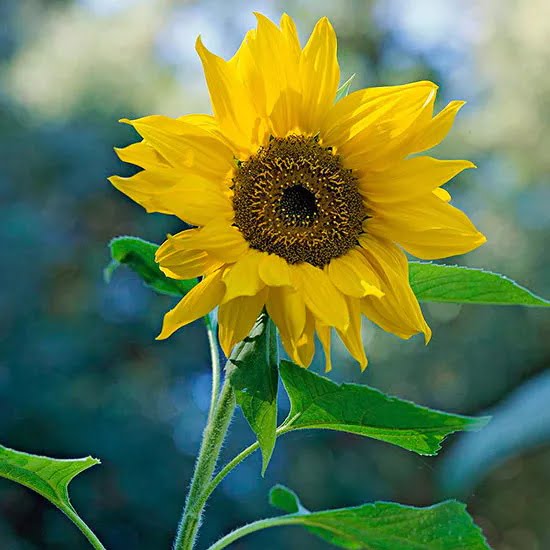
This classic sun-loving bloomer offers petals in hues, including gold, bronze, and bicolor blends. Look for shorter types for small gardens.
Vinca
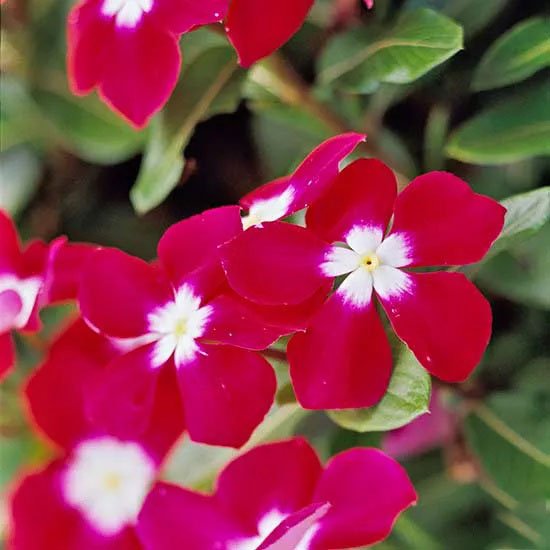
Flat-face flowers unfurl in hues of red, white, pink, purple, burgundy, or coral. Plants are exceptionally heat-tolerant.
Narrowleaf Zinnia
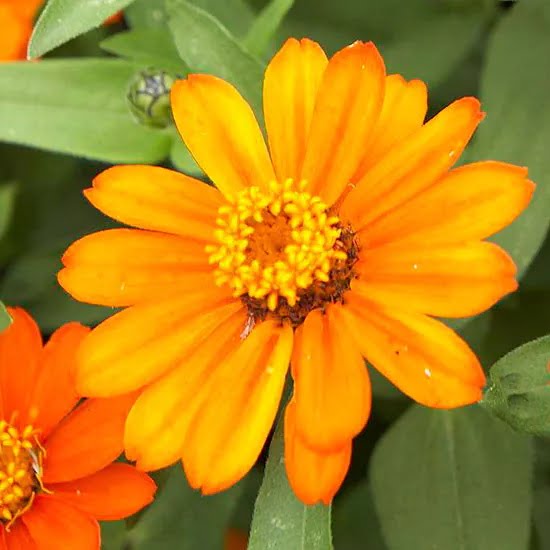
This rambling groundcover opens daisylike blooms in yellow, orange, or white. Plants resist mildew.
Article source :https://www.bhg.com/gardening/yard/garden-care/watering-plants/


